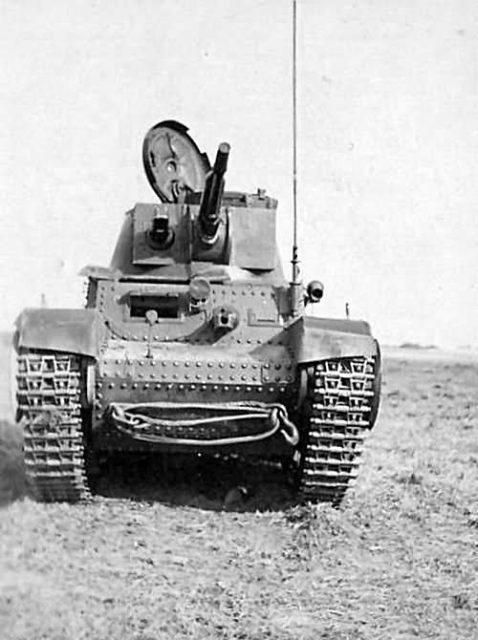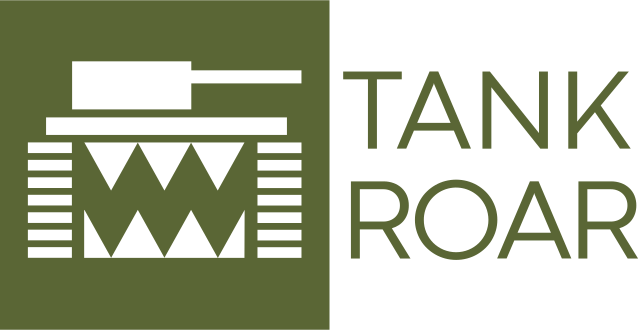The Panzer 35(t) in 20 Photos
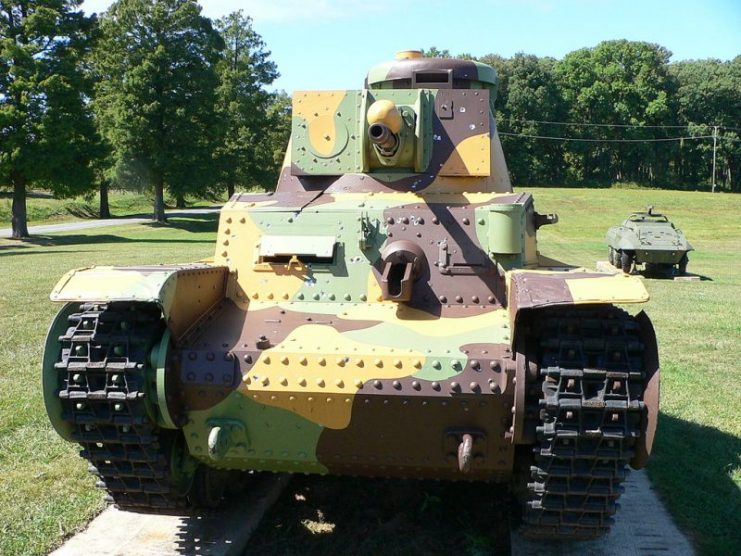
The beginning of World War Two saw Nazi Germany rapidly attack and conquer many nations and assuming control of the country. German forces became proficient at capturing and absorbing enemy equipment to bolster their own ranks in future combat. They would reuse trucks, field guns, cars, anti-tank guns, small arms and even tanks.
This tactic wasn’t just used in WW2 though, as the Germans captured many vehicles from the Allies in WWI. At the end of that war, Germany had more British tanks than they did their own.
These Beutepanzers (captured tanks) formed a significant part of German stockpiles in the early years of the war, using them against their enemy, sometimes to great affect.
Upon Germany’s occupation of Czechoslovakia in 1939, they seized huge amounts of equipment to be reused by their own forces. This haul included 244 LT-35 lights tanks, known to the Germans then as the L.T.M 35 until early 1940. Later, they would be renamed to the Panzer 35(t), ‘t’ meaning tschechisch, German for ‘Czech’.
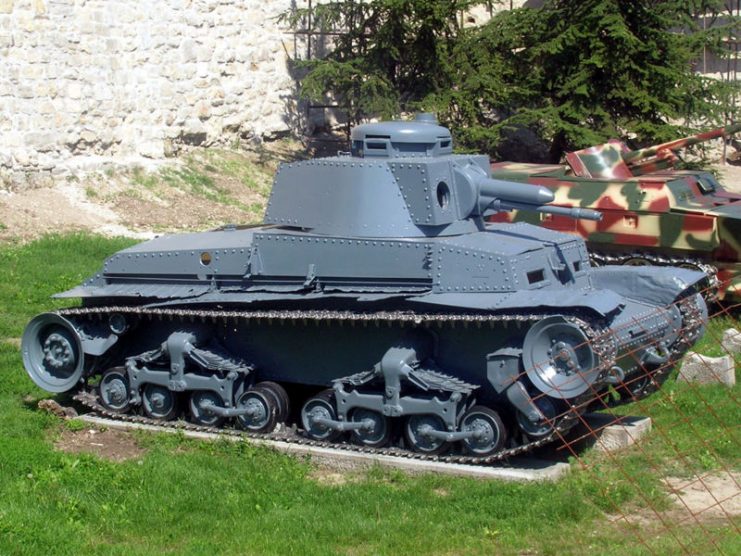
Germany used the Panzer 35(t)s on both the Western and Eastern Fronts, fighting in the invasion of Poland in 1939, the Battle of France in 1940 and then the invasion of the Soviet Union in 1941. Soon after this they were phased out on the Western Front, but continued in use in the East through Stalingrad.
The Panzer 35(t) was considered a light tank to begin with, but it was as well armed and armored as the Panzer IIIs and IVs at the time, leading to it being regarded as a medium tank.
The original LT-35 was designed by Skoda between 1934 and 1936, eventually being manufactured by Skoda and CKD. First deliveries of the tanks to the Czech army were in December 1936.
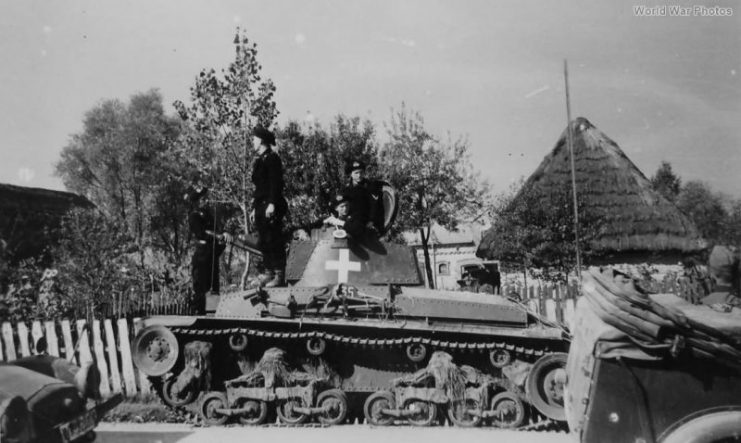
The Panzer 35(t) was well protected for the time, and for its size, with 25 mm of armor over the entire front, 15 mm at the sides and rear, and 8 mm on the roof and belly. However this armor was riveted to a framework made of steel angle beams, adding unnecessary weight, and the hazard of rivets breaking off and becoming shrapnel inside the tank if it was hit.
Despite this, it weighed 10 tons and had a top speed of 34 km/h thanks to its 120 hp Skoda Typ 11/0 4 cylinder petrol engine. Armament consisted of a 37 mm Skoda gun, and two 7.92 MG 37(t) machine guns.
The firewall between the engine and fighting compartments had several meshed covered openings to draw airflow to the engine through the crew hatches. This worked great in hot environments and for clearing the fighting compartment of combustion gasses after firing, but made the tank extremely cold for the crew when used in the winter.
The captured LT-35s were integrated into German Panzer battalions as the Panzer 35(t), and with a few modifications to conform to German military practices. The original radios were replaced with German ones, and added Notek black out lights on the front mudguards. Additionally, German lights were placed on the rear.
The biggest change was the Germans adding a fourth crew member, a loader, who took this job from the commander, freeing him up to do his job more effectively. This paid off when they faced French tanks in the Battle of France, who’s commanders still had to load, aim and fire the gun while directing the driver, putting them at a serious disadvantage.
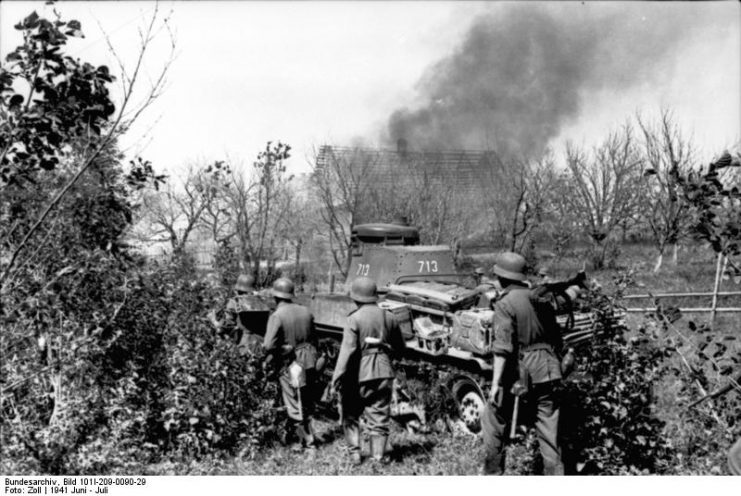
44 Panzer 35(t) were lost in the Battle of France, with 35 vehicles issued to replace them. They saw the heaviest losses in the East, where 47 were irreparably destroyed in the invasion of the Soviet Union. Soon after, the light armor and weak armament of the Panzer 35(t)s meant they were declared completely non-operational by Germany on the 30th of November, 1941.
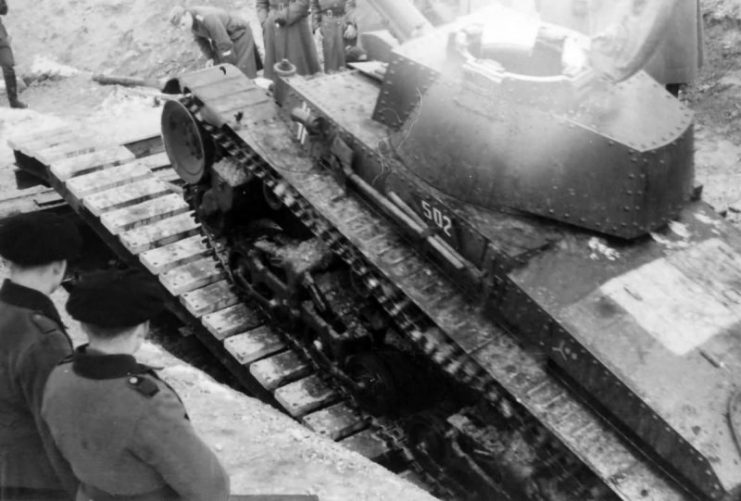
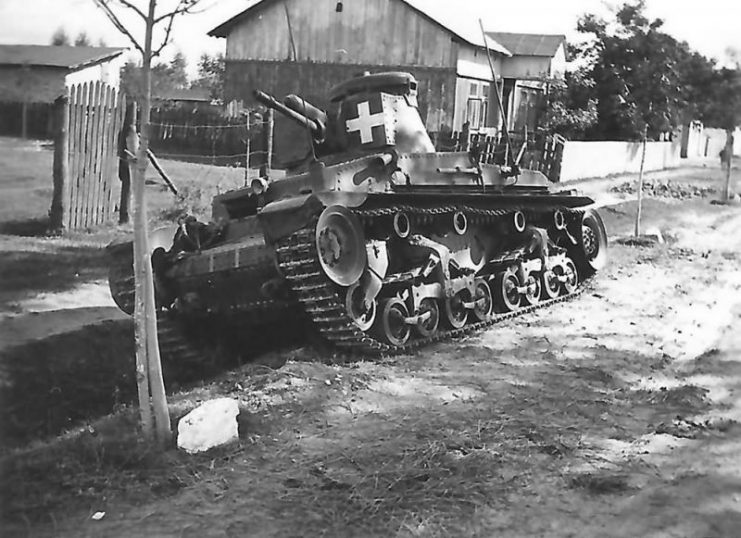
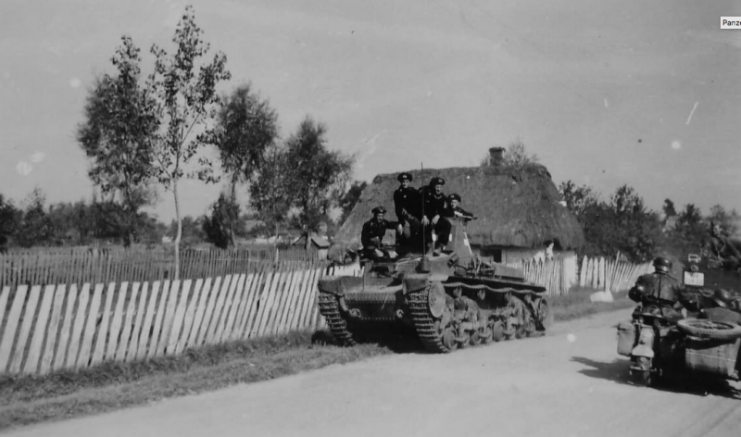
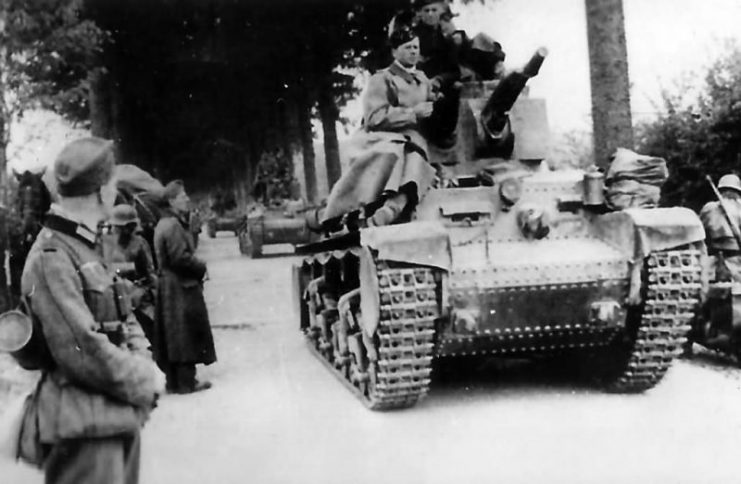
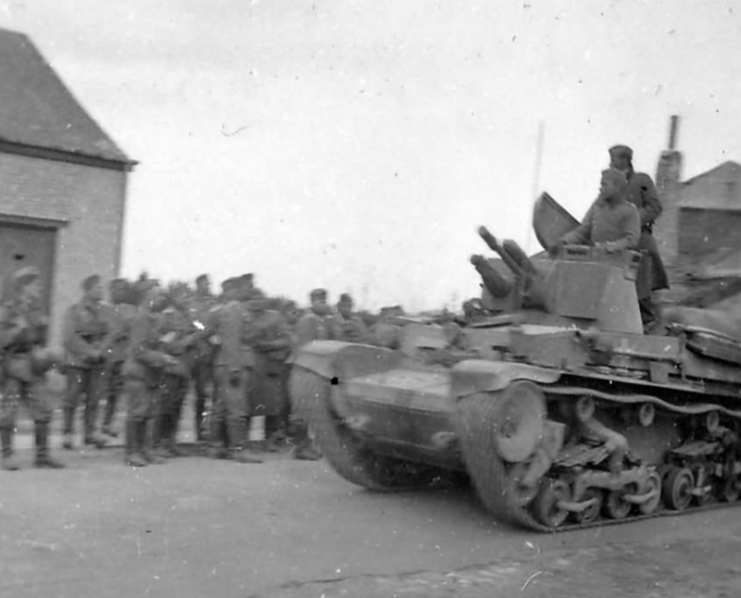
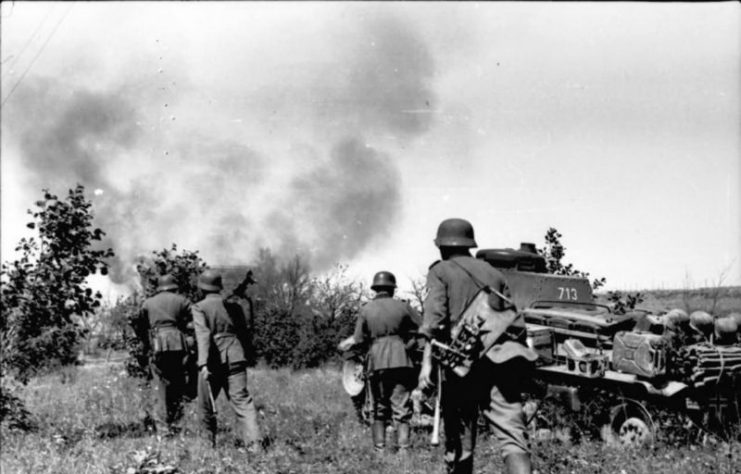
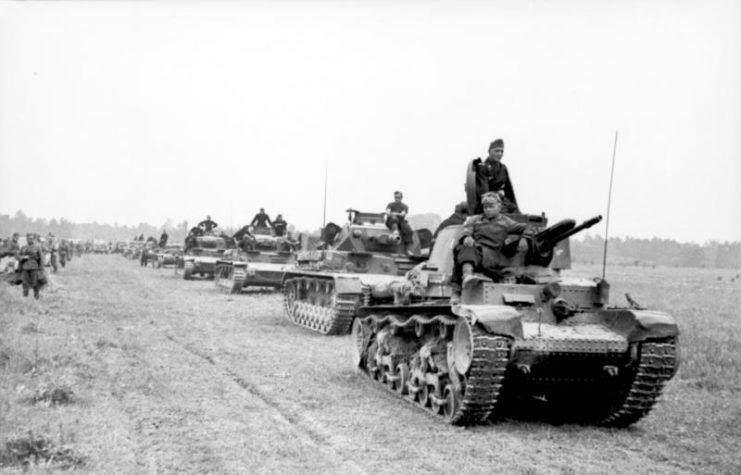
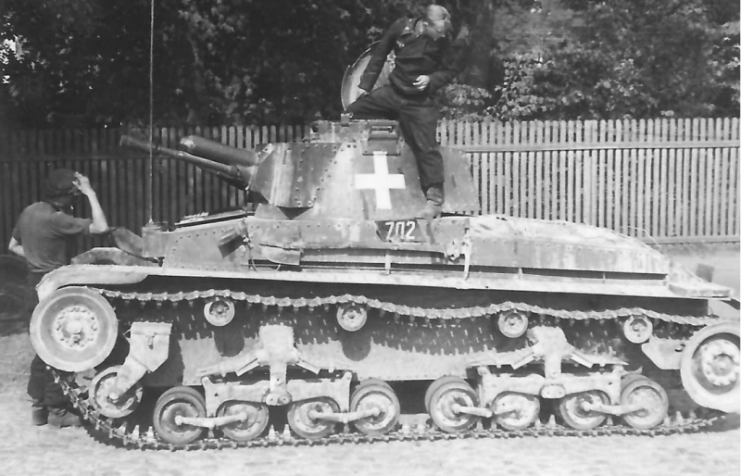
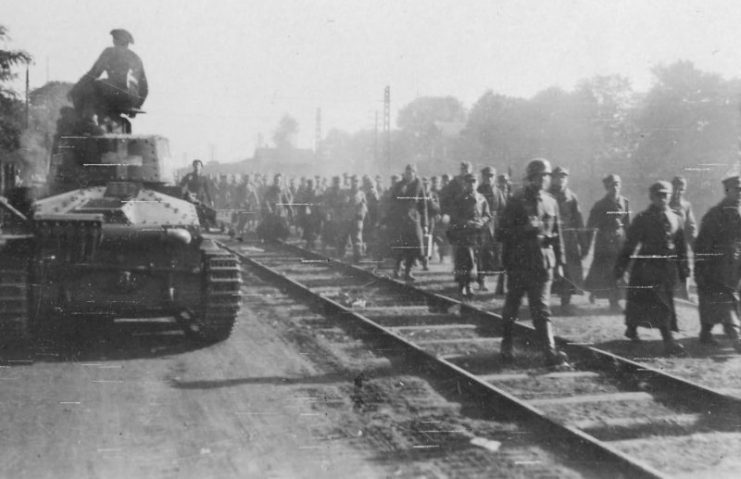
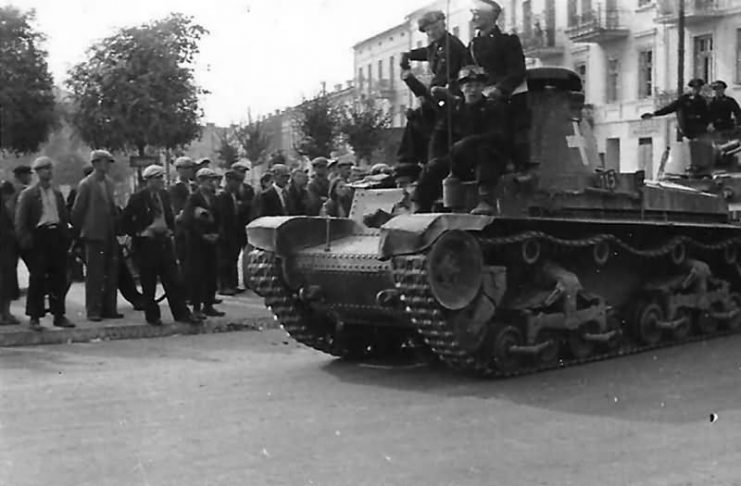
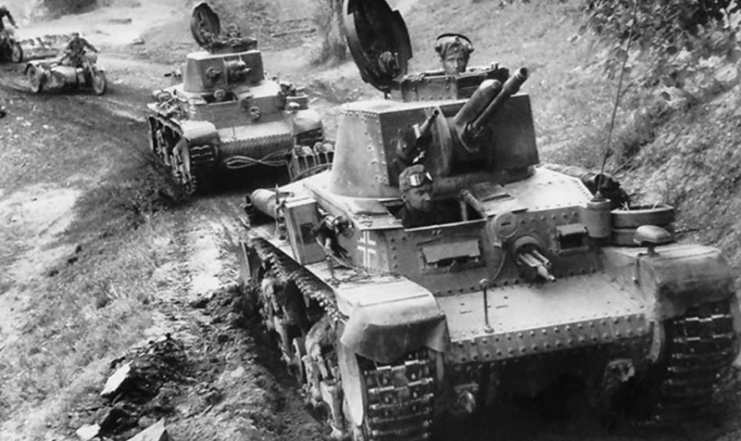
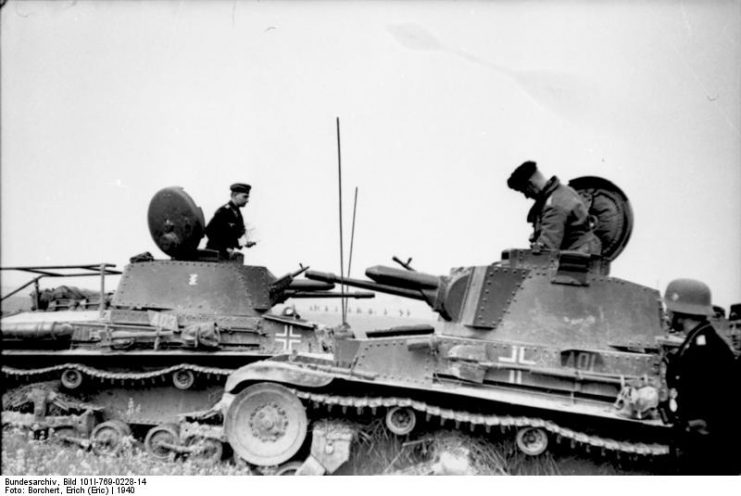
Another Article From Us: Flamethrower tanks – Flammpanzer II/III in 26 Great Photos
